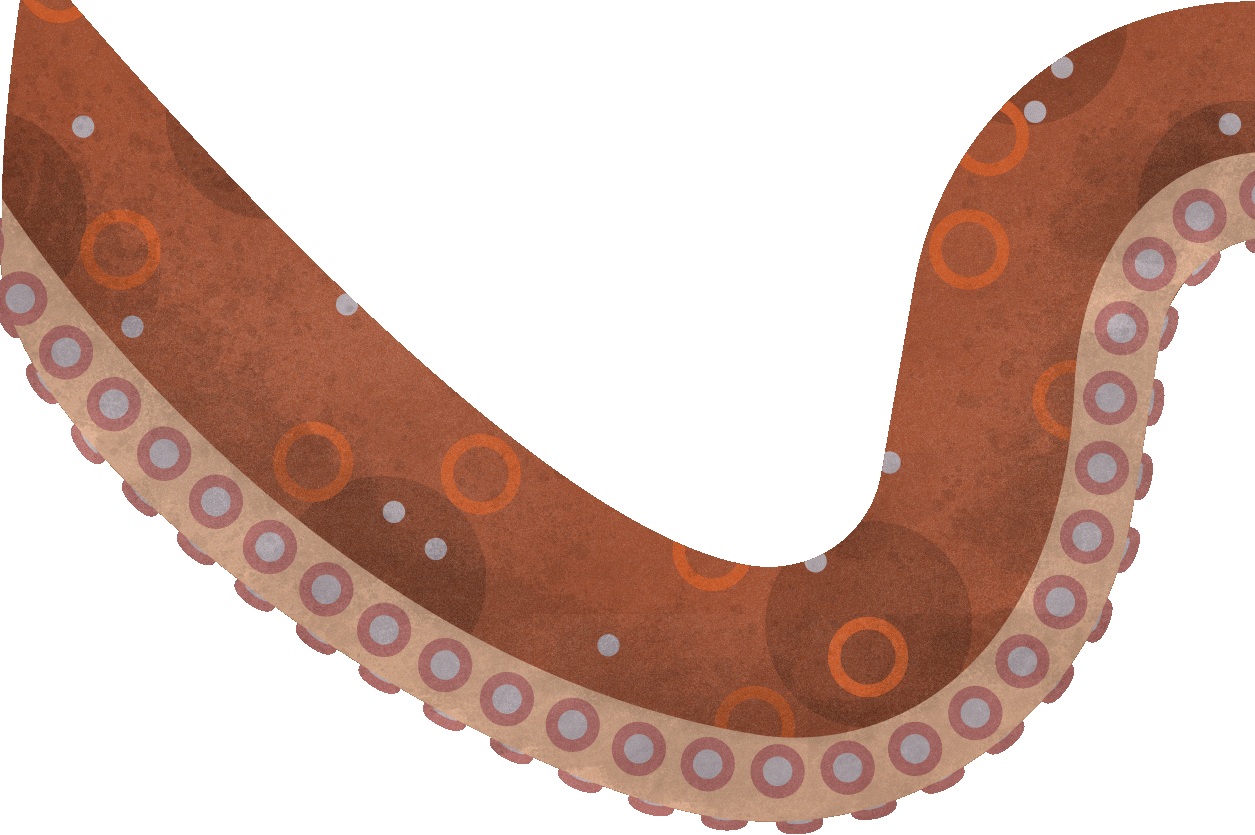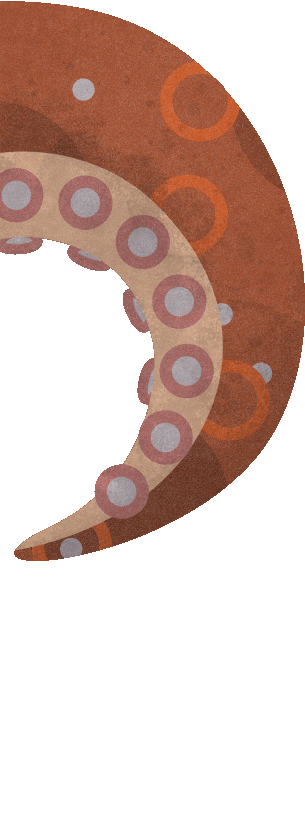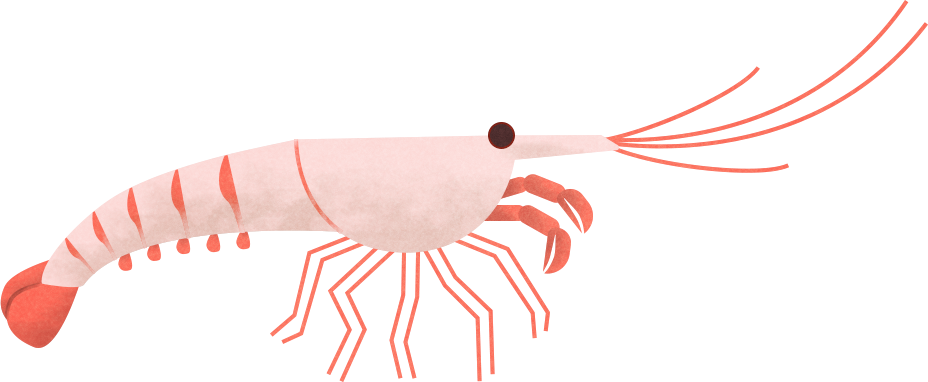Otherworldly Octopuses
There's evidence that these highly intelligent animals can recognize and have preferences for individual humans, use tools, identify visual patterns and solve problems—surprisingly complex behaviors for an invertebrate closely related to a clam.
- Multimedia




